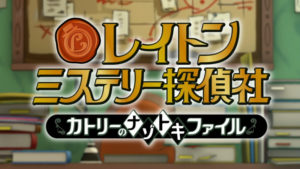The day of his wedding having finally arrived, Fuutarou Uesugi thinks back to how it all began. When he was a debt-ridden high school student who blindly agreed to tutor a wealthy family’s daughter… only to discover that he’s expected to tutor five sisters rather than one, quintuplets who would rather do anything else at all than study.
A reaction-focused romantic comedy with harem elements and a small amount of ecchi.
More Information:
aniDB
Crunchyroll
Funimation
Wikipedia









